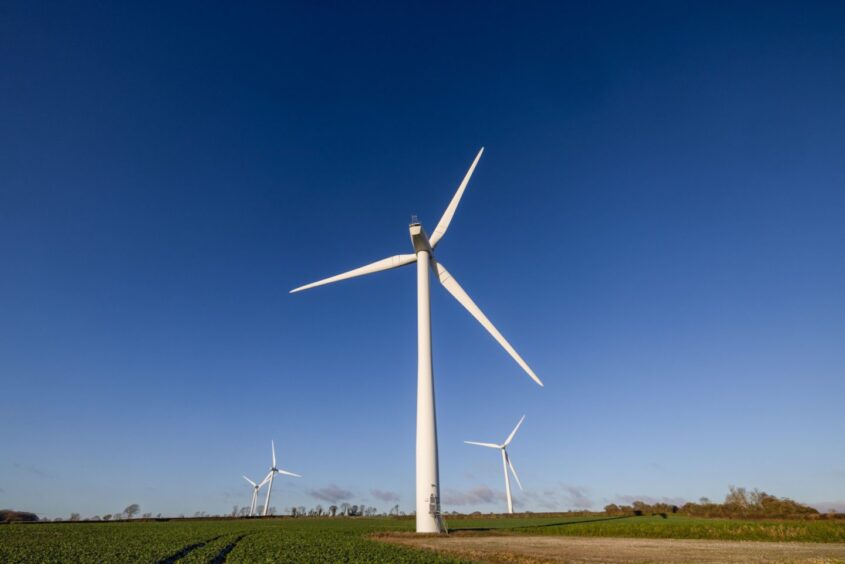
Wind-farm developers are lobbying the UK government to give them more tax breaks in the fall budget, arguing that rising interest rates and supply-chain costs are putting the viability of some new projects in doubt.
SSE Plc and Centrica Plc are among the builders asking the Treasury to offer larger capital allowances on their investments — essentially a form of tax relief to ease their upfront costs. Chancellor Jeremy Hunt is due to set out fiscal plans for the nation in next month’s Autumn Statement.
“Targeted capital allowances, absolutely,” Alexandra Malone, SSE’s director of corporate affairs, said when asked what her top requests would be.
Centrica’s UK general counsel, Raj Roy, said help also could be offered by easing the government’s Electricity Generator Levy, known as the windfall tax. They spoke at trade body Energy UK’s annual conference in London.
Capital allowances might let companies deduct some of the value of their investment from their profit before they pay taxes, strengthening their financial case to build more infrastructure.
“We are supporting the renewable energy sector through our Contracts for Difference scheme,” a spokesperson from the UK Treasury said without commenting on the possibility of more tax relief.
The nation is targeting 50 gigawatts of wind capacity by 2030, compared with about 14 gigawatts now.
Wind developers are struggling to contain costs on works in progress with already-fixed revenue, such as Orsted A/S’ Hornsea 3 farm in the North Sea, which at 2.9 gigawatts would be the world’s largest offshore wind farm.
Swedish developer Vattenfall AB halted plans for its Norfolk Boreas wind farm off England’s coast in July.
